
Image: Jan Boedeker
When we think of carbon and the environment, our minds often develop a negative association between the two in light of things such as greenhouse gases and climate change. But what if carbon is the answer to clean energy?
A team of researchers at Griffith University is looking toward carbon to lead the way in the clean energy revolution. Their latest research showed that carbon could be used to produce hydrogen from water. This could offer a potential replacement for the costly platinum materials currently used.
“Hydrogen production through an electrochemical process is at the heart of key renewable energy technologies including water splitting and hydrogen fuel cells,” says Professor Xiangdong Yao, leader of the research group. “We have now developed this carbon-based catalyst, which only contains a very small amount of nickel and can completely replace the platinum for efficient and cost-effective hydrogen production from water.”
(MORE: Learn about the future of electrochemical energy.)
This from Griffith University:
Proponents of a hydrogen economy advocate hydrogen as a potential fuel for motive power including cars and boats and on-board auxiliary power, stationary power generation (e.g., for the energy needs of buildings), and as an energy storage medium (e.g., for interconversion from excess electric power generated off-peak).
The researchers also believe that these findings could open the door for new development in large-scale water electrolysis.


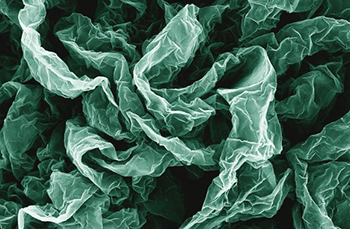
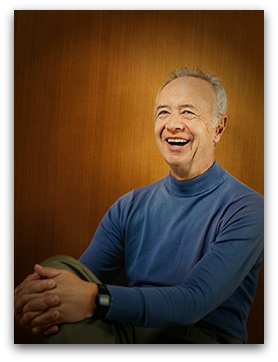 Businessman, author, and one of the foremost minds behind the development of the semiconductor, Andy Grove, passed away on Monday at the age of 79.
Businessman, author, and one of the foremost minds behind the development of the semiconductor, Andy Grove, passed away on Monday at the age of 79.
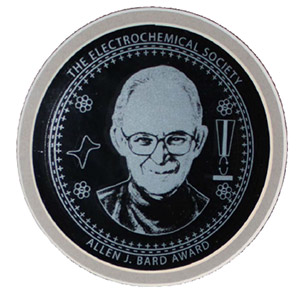 The Electrochemical Society founded the
The Electrochemical Society founded the 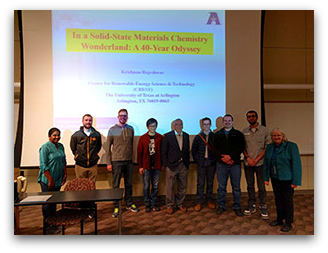 ECS senior vice president and professor at the University of Texas at Arlington,
ECS senior vice president and professor at the University of Texas at Arlington, 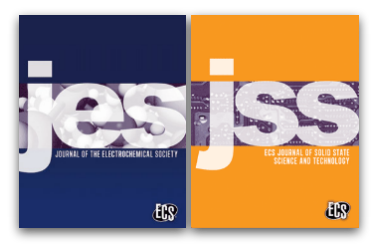 In an effort to more quickly disseminate breakthrough research and bolster the scientific discovery process, ECS has established
In an effort to more quickly disseminate breakthrough research and bolster the scientific discovery process, ECS has established